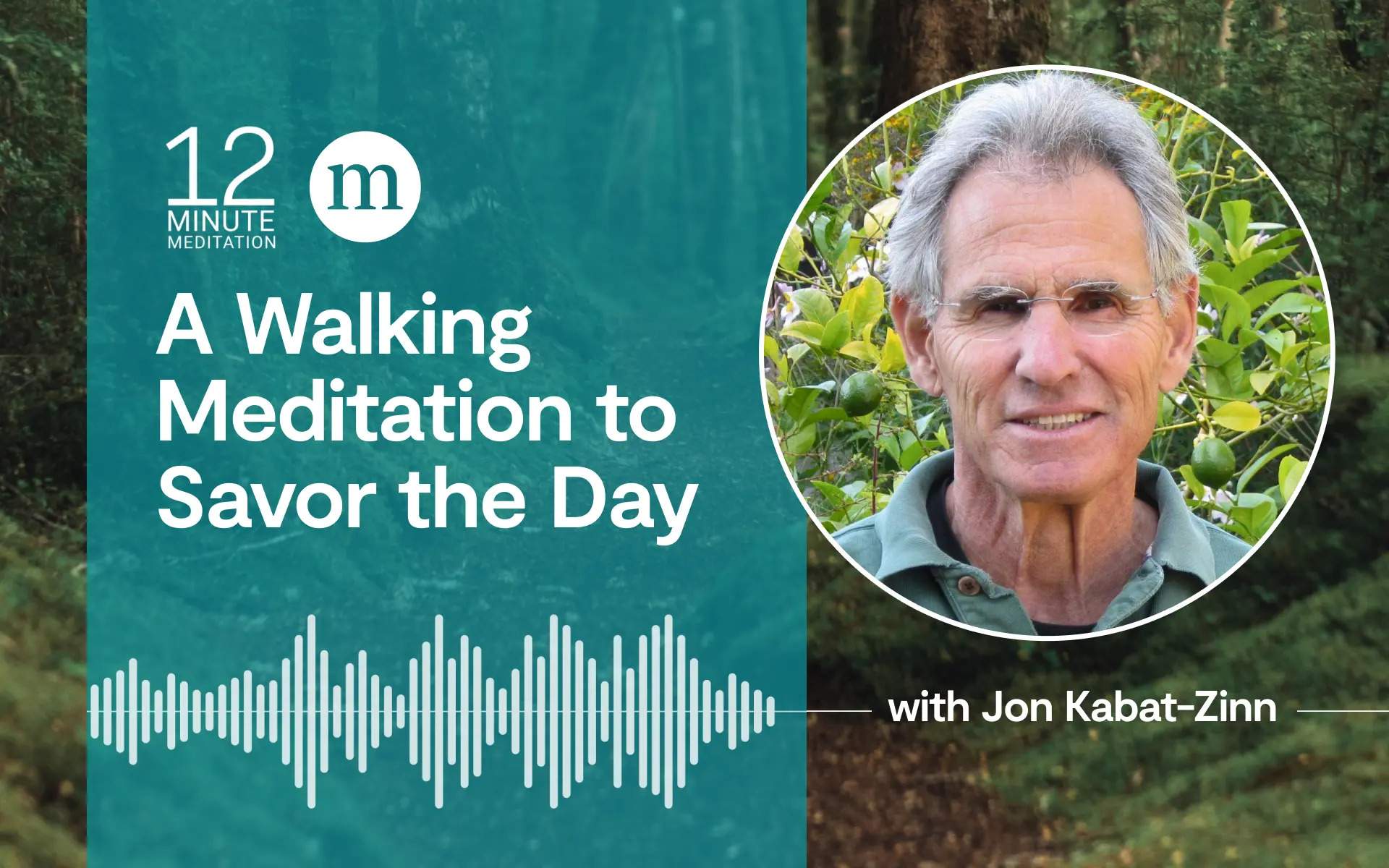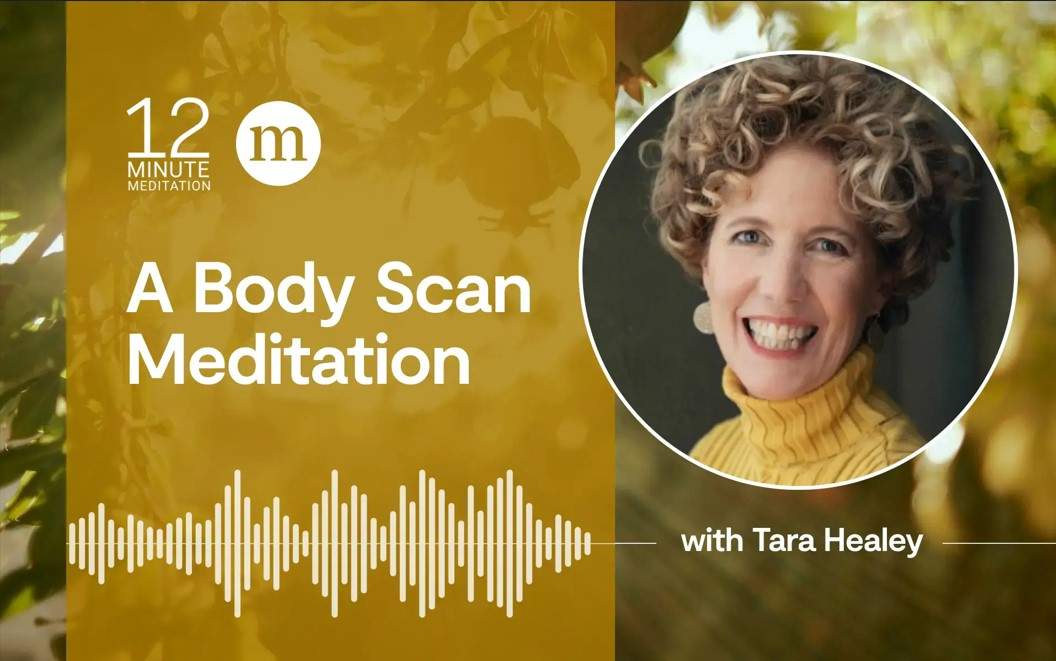A recent emphasis on trauma-informed approaches in the mindfulness community has been an overdue addition to teaching more effectively, reaching more students, and helping more people heal. In the past few years of both reading the research and speaking directly with folks, I’ve begun to assemble a list of tips. Like all of us, this too is a work in progress, but can hopefully be a guide for many of us as we deepen our teaching skills.
Use the C.H.O.I.C.E. Acronym
C- Consent: Don’t push people (including yourself) beyond your safety limits. Contemplative practice is not the solution to everything nor is it for everyone, and we don’t want to encourage “emotional bypass.” We all have a comfort zone, a growth zone outside of that, and a danger zone beyond that still. Try your best to keep to the comfort and growth zones.
H- Honesty: Present yourself and the practices honestly. People, especially kids and teens, often as a matter of safety, can smell inauthenticity if you over promise about the practices, or if you have a hidden agenda. Be honest about the origins of the practices, whether you are sharing what you learned and adapted from another person or another culture.
Help: Have backup help if you need it, with a mental health professional or close support person, a co-facilitator, and a plan for helping a struggling student ground themselves.
Humility: Try not to teach outside of your expertise, and do practice cultural humility about the origins of the practices you are sharing. Remember that while you may be an “expert” in mindfulness on one level, the folks you are teaching are the experts on their own experience. Can you each learn from each other and respect your own systems of knowledge?
O- Orient: Orient your students before and after. Explain what you’ll be doing beforehand so the practice feels safe and predictable. Finish the practice with a grounding orientation to time and place and a debrief and inquiry
I-Inquiry: Inquiry after practice should welcome all experiences, positive, negative, and otherwise, and be supportive. Offer participants the choice to share in different ways or not at all. Inquiry also means continued self-inquiry as a teacher about your own moment-to-moment comfort and stress level and adjust accordingly to be your best.
C- Choice : Students should always feel empowered to choose to stop whenever they need, or choose a practice that suits them better in that time and place.
Comfort: Eyes can be open or closed, body postures should be determined by each individual based on what feels comfortable and sustainable.
E- Embody the Practice and Empower with Equity: Embody mindful awareness and compassion in your teaching. Empower your students to speak up if they need to. Teach also with an equity mindset and approach, mindful of present and historical power dynamics.
read more
8 Tips and Scripts for Trauma-Informed Mindfulness Teaching
Follow these guidelines to help you and your students feel empowered and safe when you teach mindfulness.
Read More
The Benefit of Meditating Alone Together
Meditation may appear to be a solitary pursuit, says Barry Boyce, but many benefits come from doing it with others.
Read More
I’m More Than My Anxious Thoughts—And So Are You
A lifelong high achiever, Melena Kiriaki was afraid she would lose her momentum if she wasn’t operating from a place of anxiety. Meditation showed her that she’s more than her fearful thoughts.
Read More










